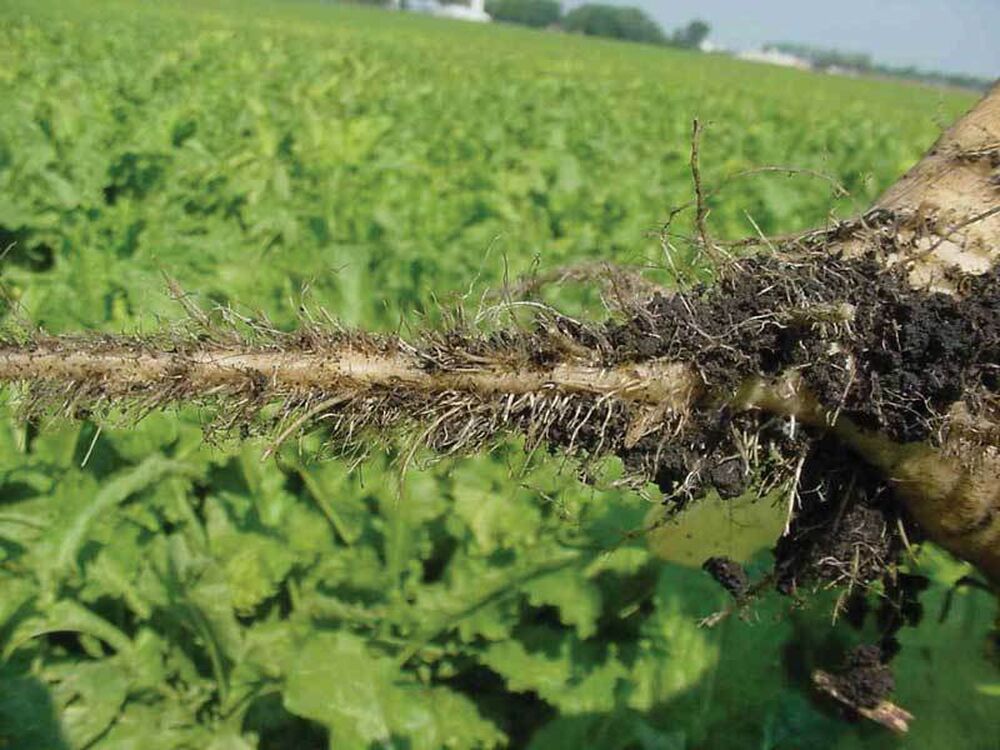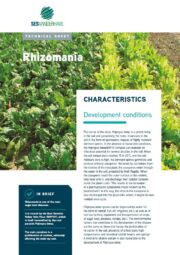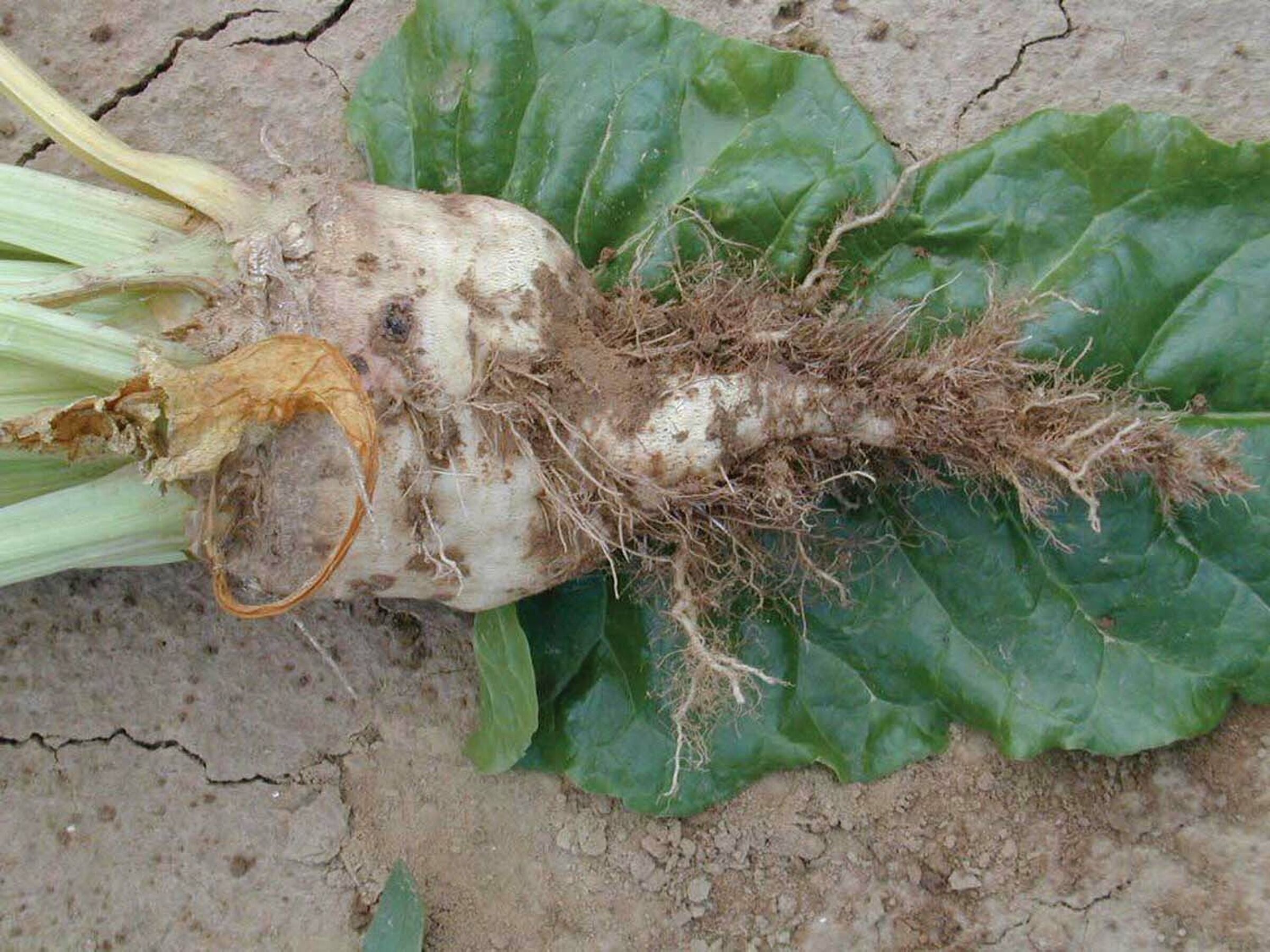Rhizomania is one of the most common sugarbeet diseases. It is caused by the beet necrotic yellow vein virus which is transmitted to sugarbeets by a rootlet parasite (Polymyxa betae).
In particular, it causes anarchical proliferation of root hairs to the detriment of the tap root, resulting in major losses in sugar yield.
Spreading
The disease was first observed during the 1950s in the north of Italy. It spread quickly throughout Europe and the rest of the world. The severity of the damage and absence of a means of control give grounds for fears that at some point it may be necessary to stop growing sugarbeets in the worst affected regions. In the early 1980s, the first variety resistant to Rhizomania came on the market: developed by SES, Rizor saved sugarbeets in the affected regions.
Symptoms
Rhizomania symptoms often appear in patches in fields:
1. In foliage
• from June onwards: wilting, particularly during the hottest hours of the day • towards the end of summer: pale green foliage • the new leaf blades produced are narrow; their leaf stalks are long and upright • very occasionally: yellowing and necrosis of the leaf veins
2. In the root (at the end of the growing period)
• girdling of the lower part of the root • development of dense, dark root hair to the detriment of the tap root • inside the root, the vascular rings turn brown and die • occasionally: development of perpendicular lateral roots
Depending on the sensitivity of the variety, the amount of inoculum present in the soil, the type of virus, climatic conditions (the disease is favored by a warm, humid climate) and the period of infection, an outbreak can cause extremely serious damage: reduction of the sugar content, loss of yield, increase of the land tare, and reduced extractability.

Control
At present, there is no chemical treatment for Rhizomania. The only effective means of controlling it is the use of a variety of seed that has resistance to the disease. Implementation of agronomic measures is also advisable: adequate drainage, maintenance of soil structure, sparse irrigation, avoidance of soil movement, etc.

